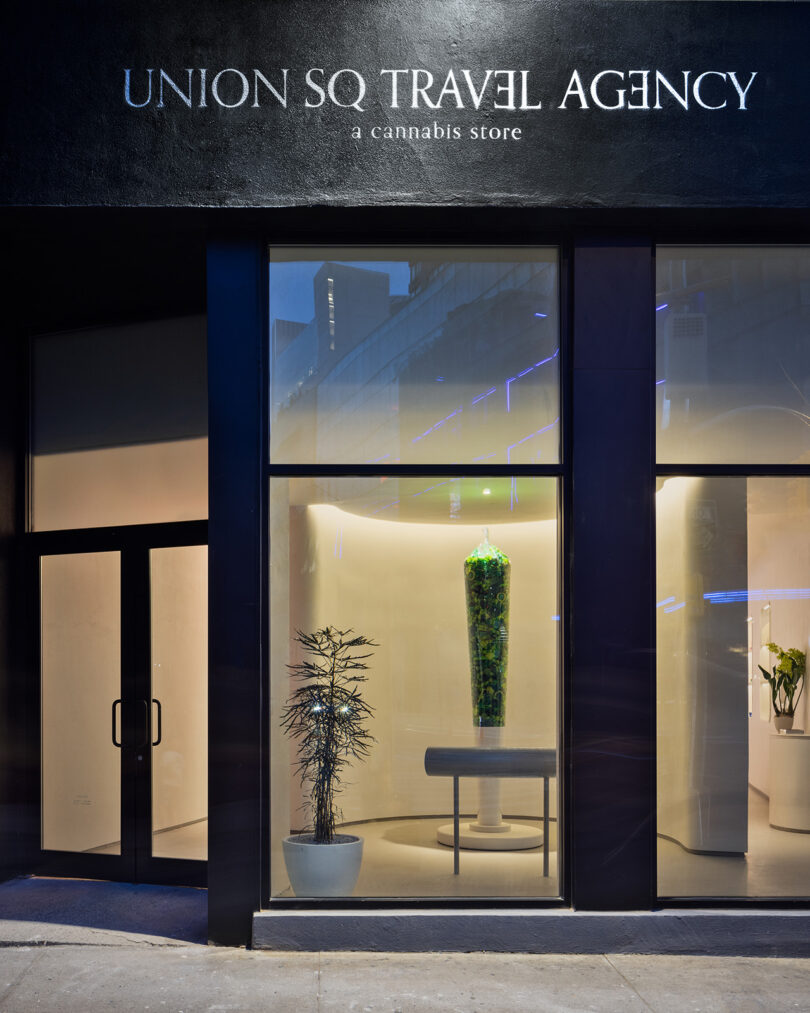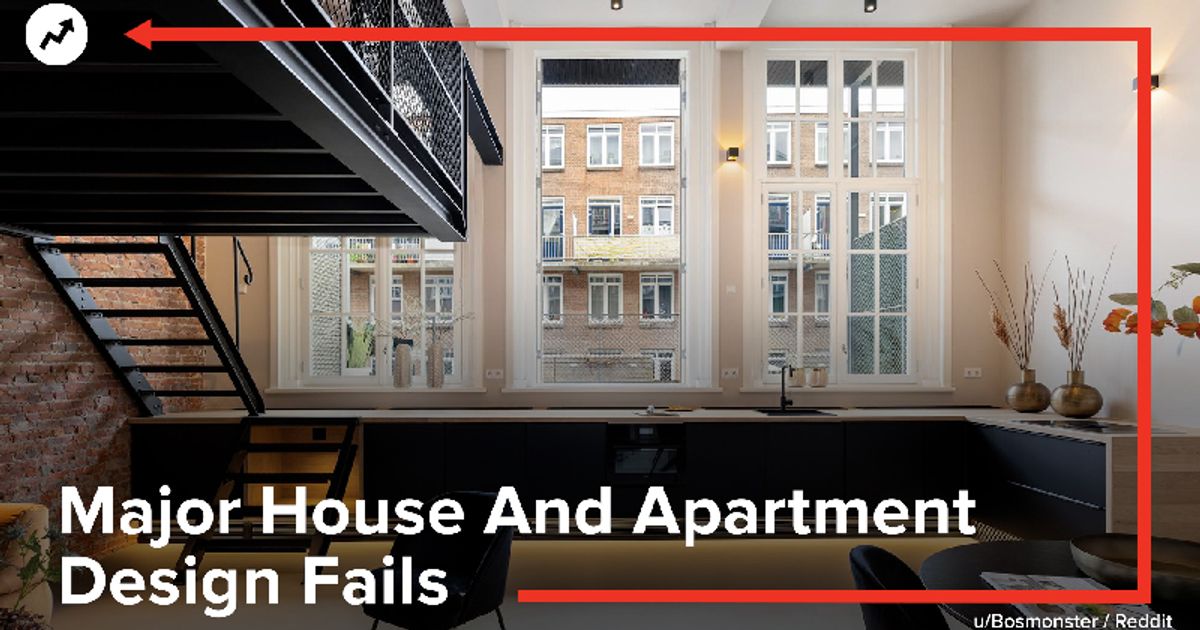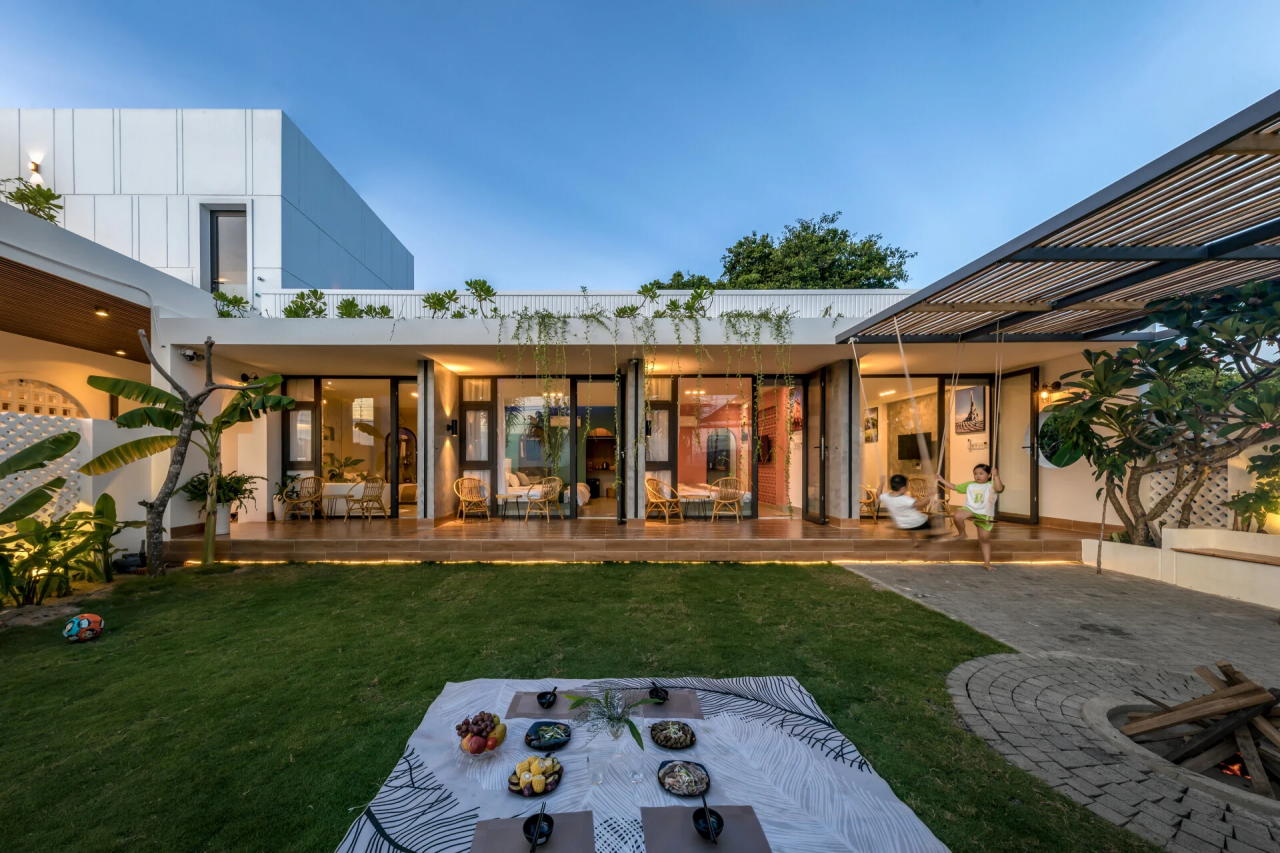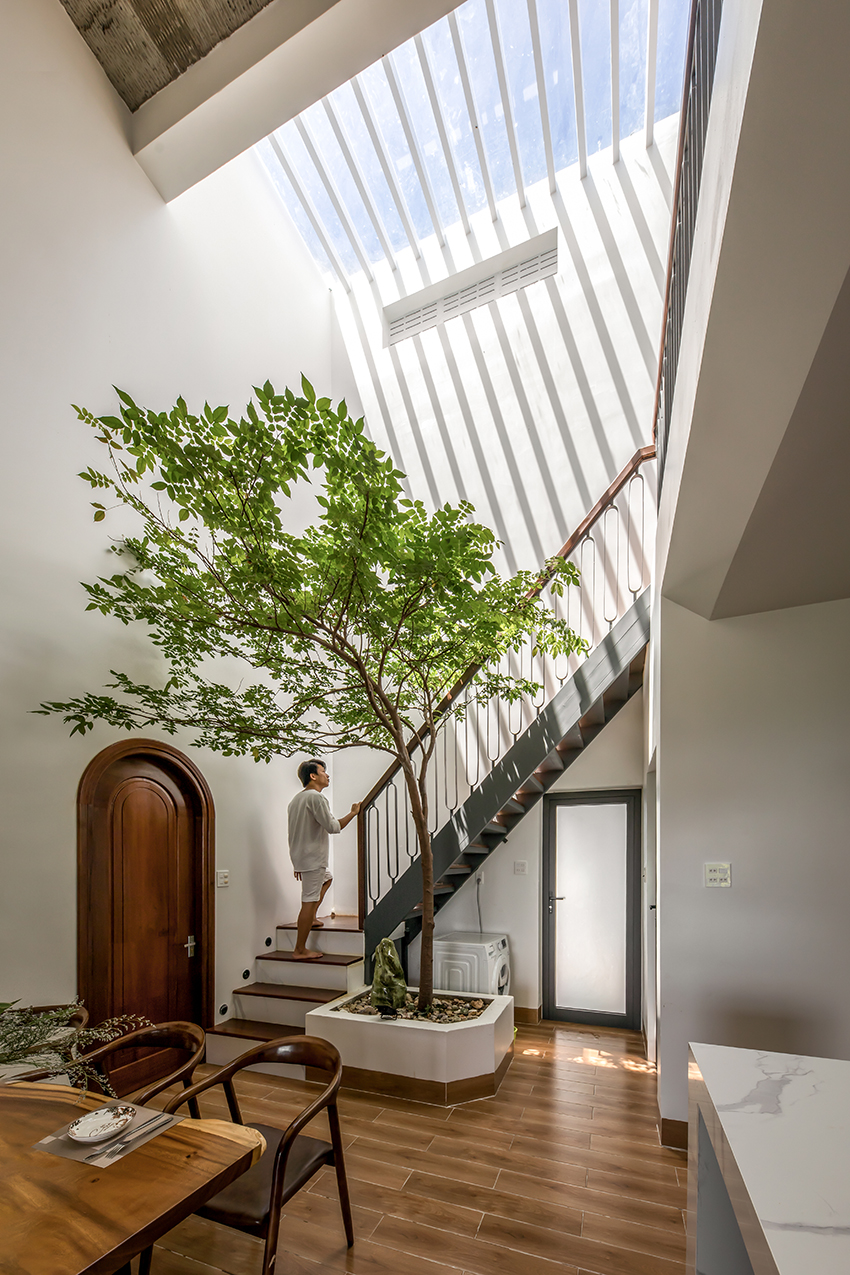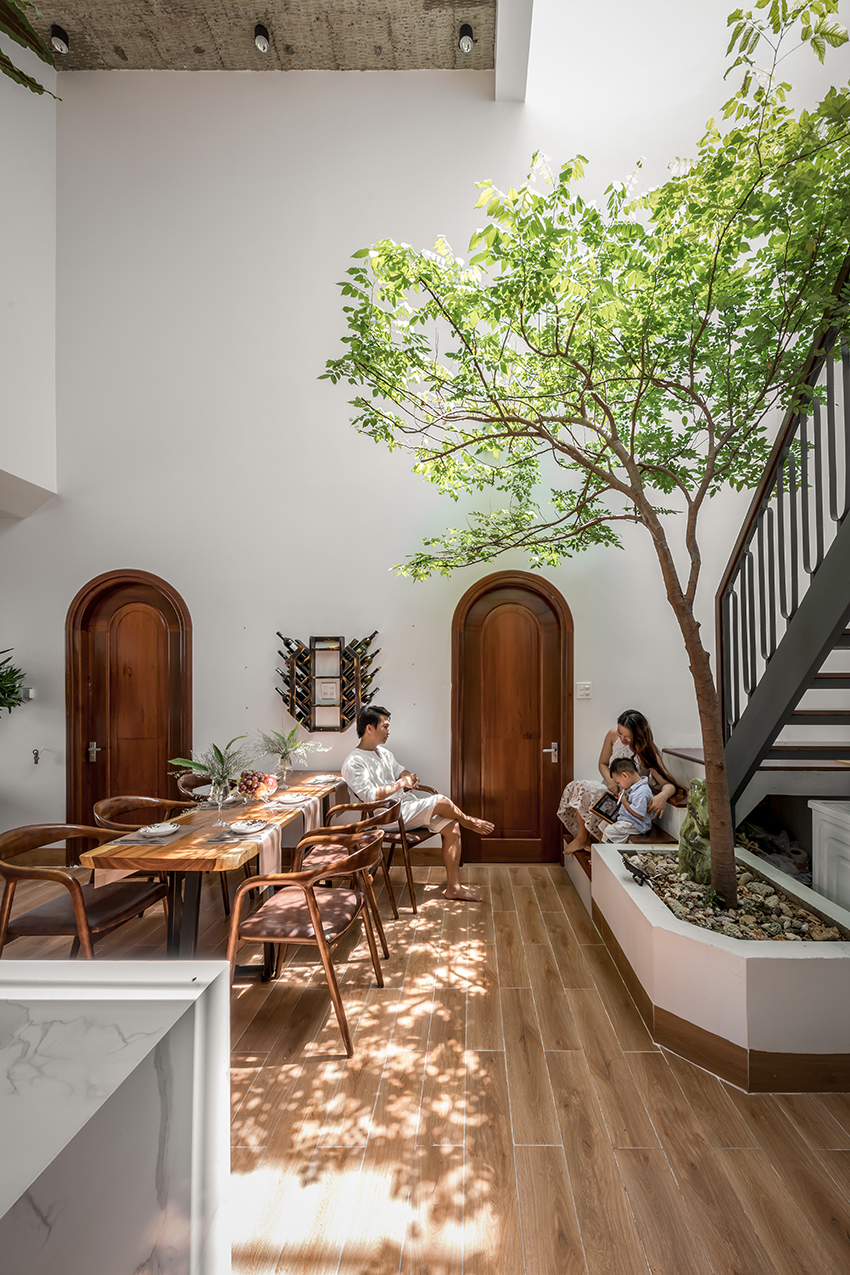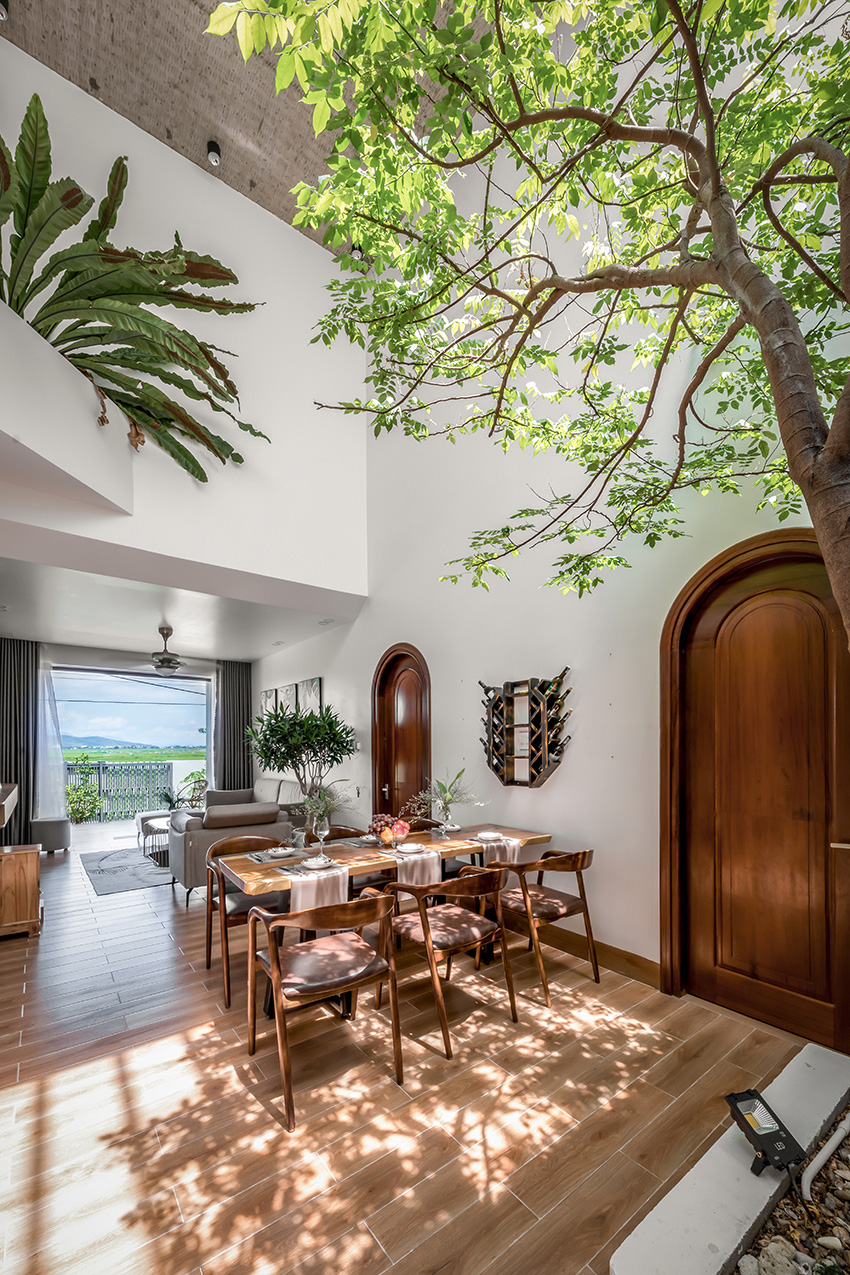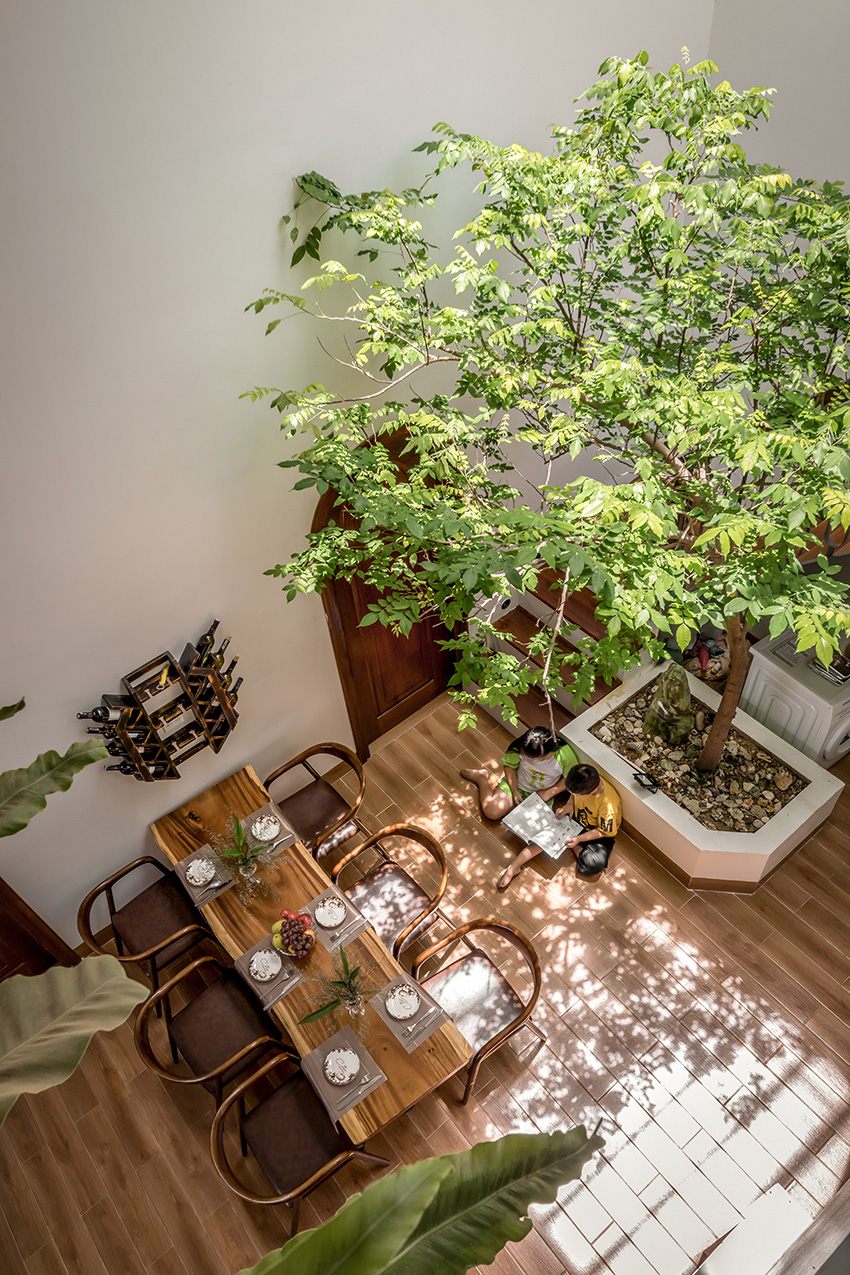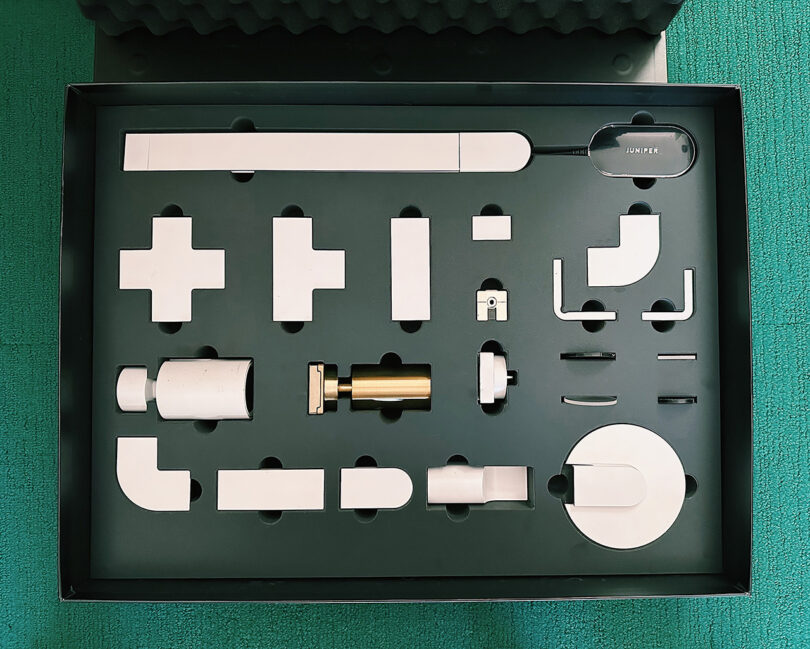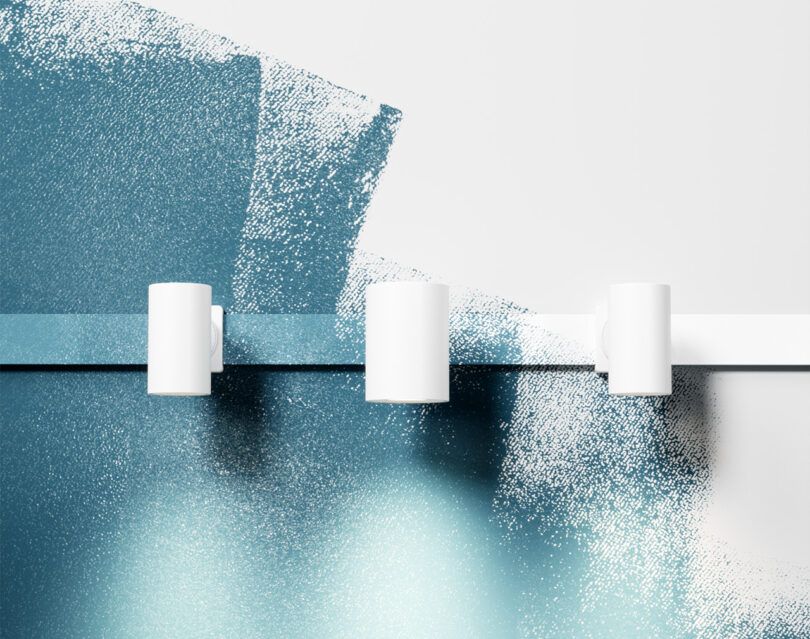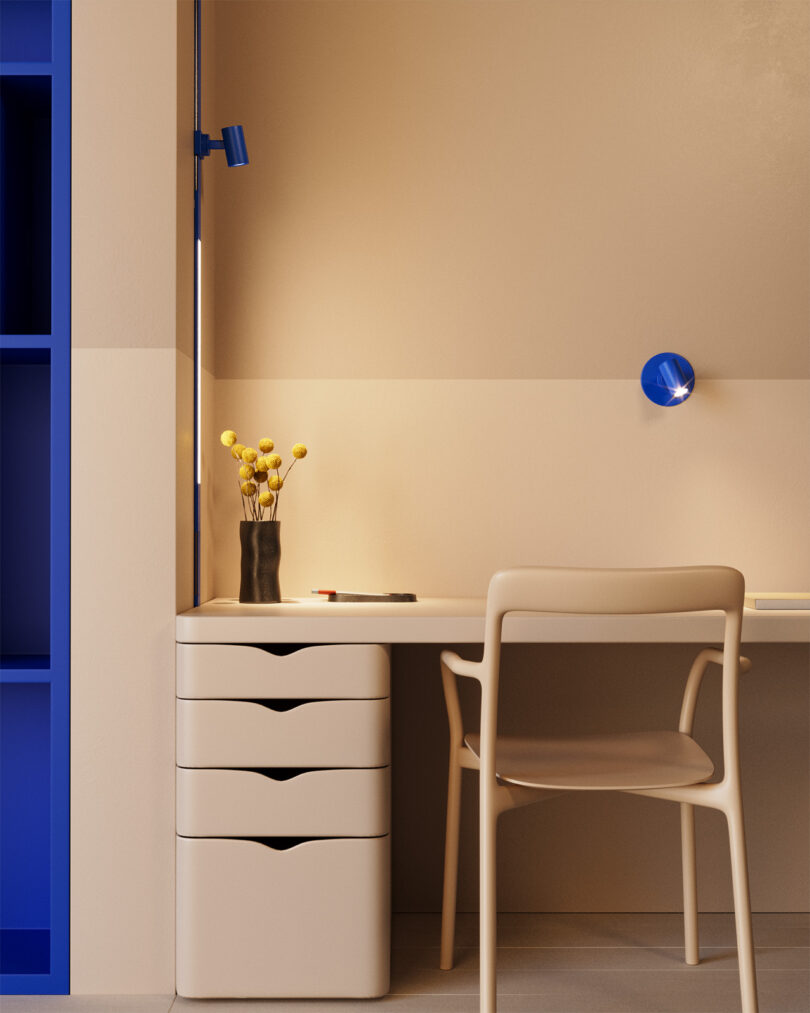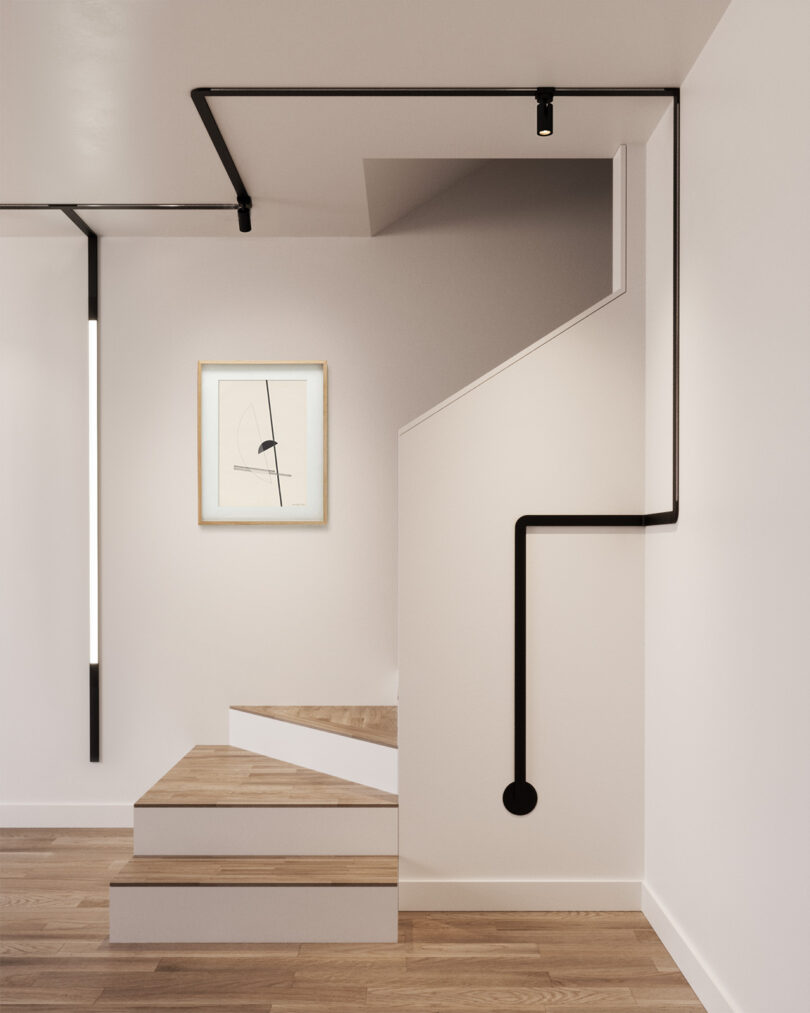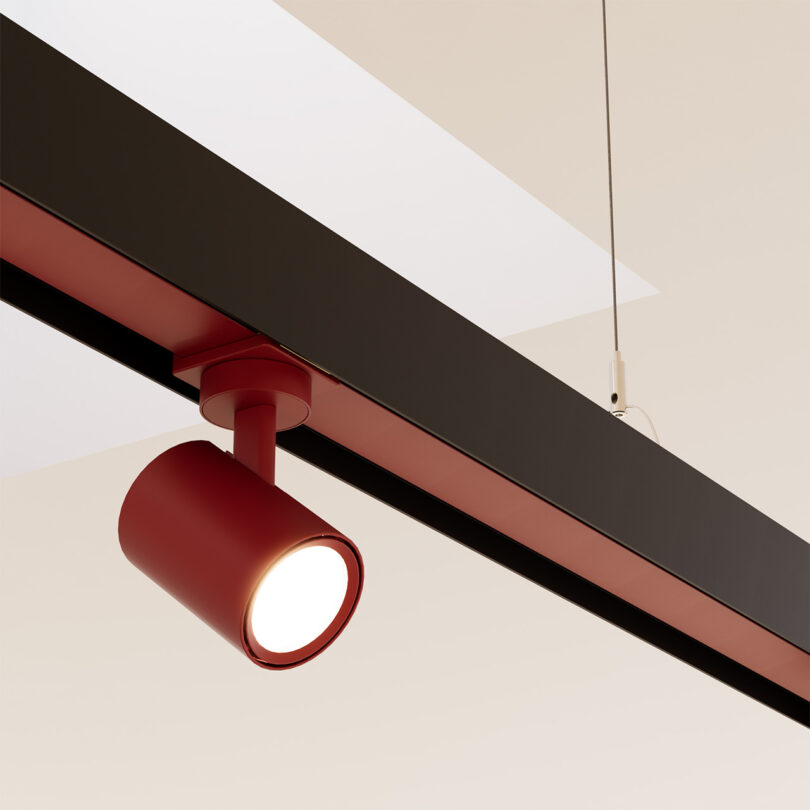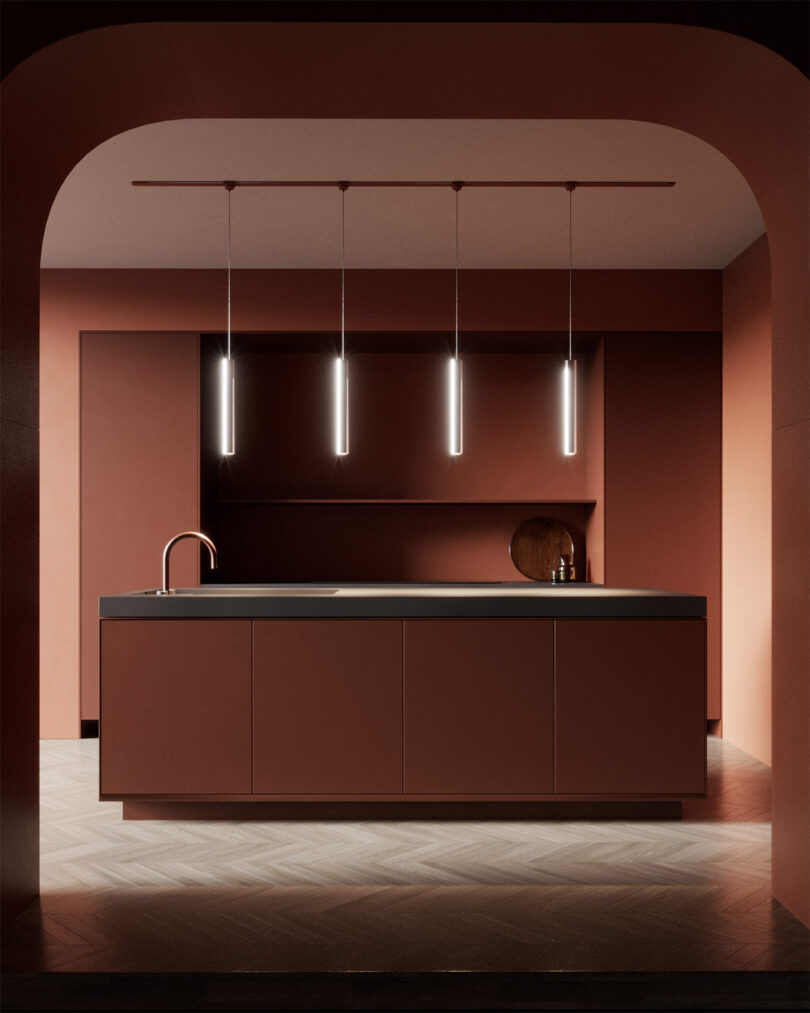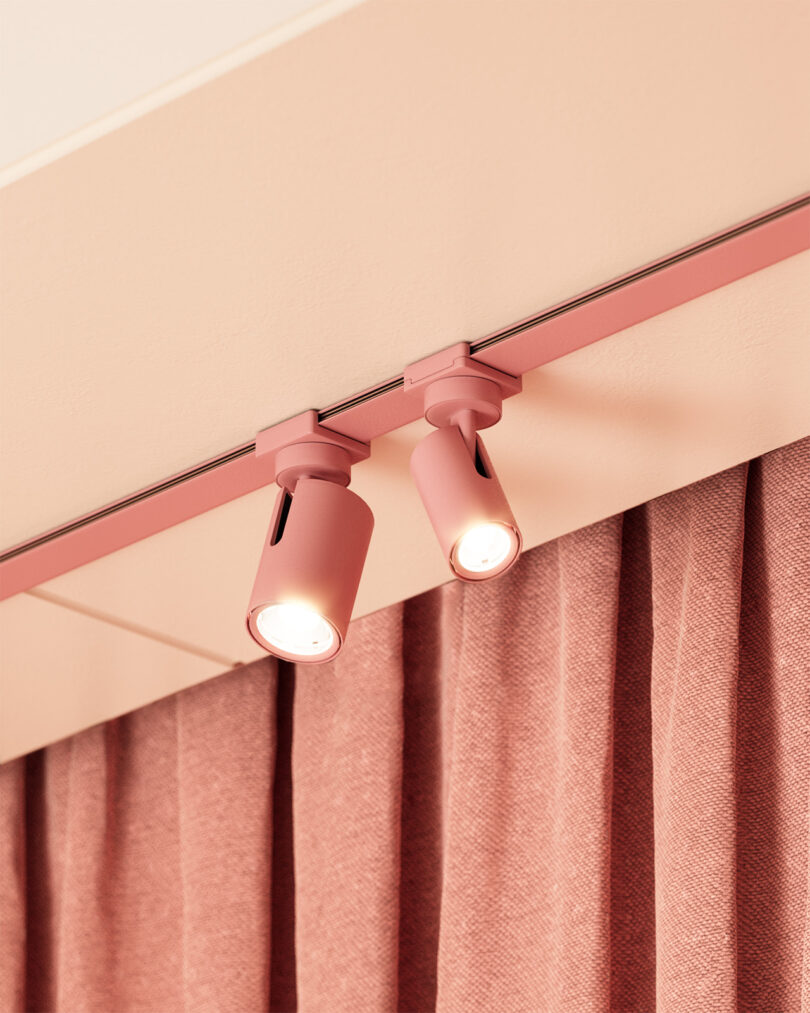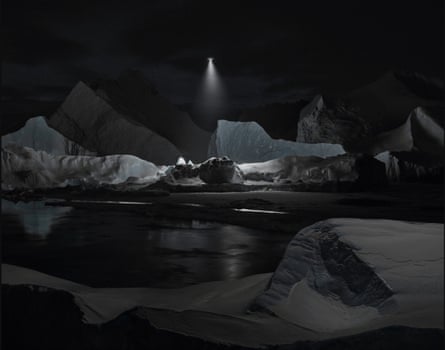At the State Department’s Diplomatic Reception Rooms, Democracy’s Treasures
[ad_1]
In the 1960s, a distinguished guest showed up at the U.S. State Department and never left. It was the 18th century.
Until the ’60s, the State Department’s home, the Harry S. Truman Building in Washington, D.C., which was completed in 1941 with more than a million square feet of floor space, was thoroughly modern in style and not in a good way. Boxy rooms displayed cut-rate furniture. Fluorescent lights cast their greenish glow on government officials and international dignitaries.
“I can’t tell you, they were so awful,” said Selwa Roosevelt, a former State Department chief of protocol, referring to the reception rooms used for meetings and meals with important visitors. Roosevelt, who is 93, was a young society journalist married to a grandson of Theodore Roosevelt when she first encountered those spaces during the Eisenhower administration.
“I remember a horrid green rug,” she said. “It was disgraceful. I felt so sorry that our country would have anything so awful.”
She was not alone. But in the late 1960s, the architect Edward Vason Jones began to bedazzle the State Department’s eighth floor with cornices, columns, coffers and gilding. Paintings, furnishings and decorative objects representing the period from 1740 to 1840 filled the rooms, eventually growing into a collection of more than 5,000 museum-quality items. The rarities included Francis Scott Key’s chairs, Dolley Madison’s coffee cup and the table on which the Treaty of Paris that ended the Revolutionary War was signed in 1783.
In the 1980s, it was the seventh floor’s turn. Allan Greenberg, the architect who gave its conference rooms and office suites their glamorous neo-Classical-style makeovers, recalled that the original spaces had been aptly described as “out of a Sears, Roebuck catalog.” He brought the total number of Cinderella-ed rooms to 42. And as before, every art piece, every gold flake, every carpet thread was donated or paid for by private funders.
An opulent new book called “America’s Collection: The Art & Architecture of the Diplomatic Reception Rooms at the U.S. Department of State” (Rizzoli/Electa) tells this story in pictures of frumpy interiors turned into glittering set pieces. More substantively, it relates how classical design was marshaled to communicate the Enlightenment principles that shaped a young country and continued to lend it authority on a global stage.
The rooms, which have been closed for renovations and updating, preserving their antique character, as the State Department building itself is re-roofed, will reopen Sept. 26. Members of the public can book visits at iipstate.my.site.com and can explore the rooms online in a self-guided virtual tour.
Woven through the book is Clement C. Conger, the deputy chief of protocol who started what he called the Americana Project in 1961 and oversaw it for the next three decades. A man with a silver tongue and an iron will, he convinced collectors that it was their patriotic duty to donate their treasures to the State Department and take a tax write-off.
Leslie B. Jones, the director of museum affairs and chief curator at the Preservation Society of Newport County in Rhode Island, worked in the Diplomatic Reception Rooms as a graduate student in 2009, where she pored over Conger’s correspondence five years after his death. She pointed out that as the market for such treasures rose in the 1970s, the donors could have made more money selling them at auction. But Conger, who had no curatorial training, elbowed out art dealers and museums in his acquisition of rare objects.
“His nicknames were never ending,” Jones said: “’The Elvis Presley of the geriatric set.’ ‘The most elegant stickup artist in North America.’” (His New York Times obituary mentioned another: the “Grand Acquisitor.”)
“We owe Mr. Conger such a debt,” Roosevelt, who was the chief of protocol in both Reagan administrations, said. “He was difficult and kind of persnickety, but he knew what he was doing.” She recalled a contretemps when Secretary of State George Shultz wanted to have dancing in the Thomas Jefferson State Reception Room, a light-blue salon that took design cues from Monticello. Conger “almost had a fit,” she said. “He didn’t want us messing up the floor.”
This elegant two-story domain is no Situation Room — the White House security complex that was recently gutted and rebuilt in a $50 million makeover — but, still, it requires maintenance. Leading a reporter around the eighth floor, Virginia B. Hart, the Diplomatic Reception Rooms’ current director, skirted electricians updating the wiring, painters applying faux wood grain patterns to walls and contractors preparing the Benjamin Franklin State Dining Room to receive a new multi-ton carpet.
The Franklin room was gasp-inducing even with workers buzzing around it. Almost 100 feet long, it had eight cut-glass chandeliers and a replica of the Great Seal of the United States as its ceiling medallion. The original mauve paint color scheme was too strong to complement the variety of linens and floral arrangements that would be picked out for luncheons, and had been toned down to off-white, Hart said. (This revised palette better reflected the room’s inspiration, an 18th-century neo-Classical mansion in England called Kedleston Hall.) The new blue-and-gold carpet, a gift of the former Secretary of State Rex Tillerson and his wife, Renda Tillerson, was being shipped from Georgia and would make its entrance by crane.
Hart opened a carved wood door in the elevator lobby that led to her 1960s office, somewhat like Lucy passing through the wardrobe from Narnia into drizzly England. Returning through the doorway to the Federal period, she paused at a 1776 grandfather clock that played six different Revolutionary War-era songs; a circa-1778 John Singleton Copley portrait of a woman with powdered hair and a Lauren Bacall profile; and an undated painting of a young Black flutist whose identity art historians are still trying to figure out.
At a display of Chinese export porcelain, Hart recalled how the dishes had been commissioned in the early 19th century by an American dry goods merchant named Benjamin Leedom. He sent a plate he admired to China as a model. “It was beautifully copied with an R, not an L,” Hart said. “He was very disappointed. Apparently, it’s one of the great unbroken services because he didn’t use it.”
How would a Chinese visitor today feel about that linguistic hiccup? Don’t the contemporary insights and values that complicate the way we view, say, portraits of slave-owning Founding Fathers like Thomas Jefferson, or bucolic landscapes with doomed Indigenous Americans, become even more fraught when such works are used as backdrops for diplomacy, as they have been in these rooms?
John Kerry, the secretary of state from 2013 to 2017, who wrote the foreword to “America’s Collection,” said that the difficult associations such objects have accrued over the centuries do not amount to roadblocks. “For some countries or for some people, some of those artifacts may be reminders of a piece of history that they might want to forget, but that’s the art of diplomacy.”
Kerry, who is now President Biden’s climate envoy, recalled inviting foreign ministers to step away from their State Department meetings to look at the architect’s table where Jefferson wrote, or the silver coffeepot that Paul Revere made for John Adams. Many dignitaries were familiar with Paul Revere’s midnight ride, he said. “Whenever you can draw parallels or uncover connections or elicit emotions, it’s a good thing. And sometimes it can have a real impact on what someone might be willing to say yes to.”
Hart, while dedicated to keeping the rooms and objects pristine, is not a preserver-in-amber. In the future, she said, contemporary artists would be adding their interpretive voices to the collection. And she has commissioned the interior designer Alexa Hampton — whose celebrated father, Mark Hampton, consulted on the White House for George Bush — to refresh one of the most hallowed spaces, the Jefferson Room.
Asked about this project, Hampton said her first duty was to the idea of classical design and her second to the spirit of Jefferson.
“In its incarnation in modern culture, classical design isn’t about creating empire or colonizing people,” she said, referring to the style’s association, for many, with antebellum plantations and imperialist monoliths. “It’s about aspiring to a better form of government, or it’s about creating harmony.” There is a high-mindedness about it, she added. “Those who are fans of classical architecture, that’s what we’re responding to: the purity, the good intentions, there’s a loveliness to it. The balance.”
In revising the room’s objects, did she find herself rejecting any pieces from the collection that she believed made an uncomfortable statement to the modern visitor about Jeffersonian America?
“Sure did,” she said.
Might she give one or two examples?
“Sure won’t,” she said.
[ad_2]
Source link
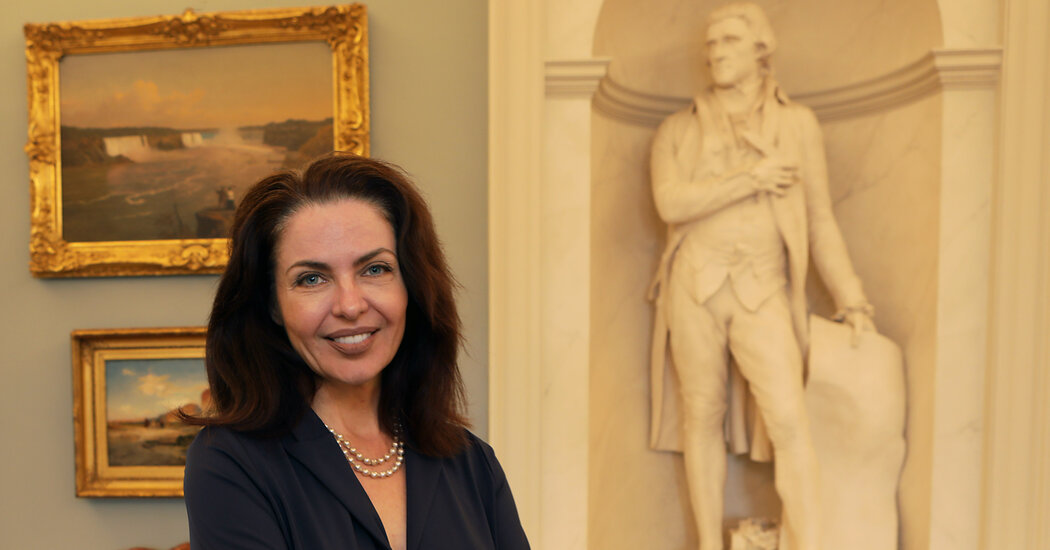
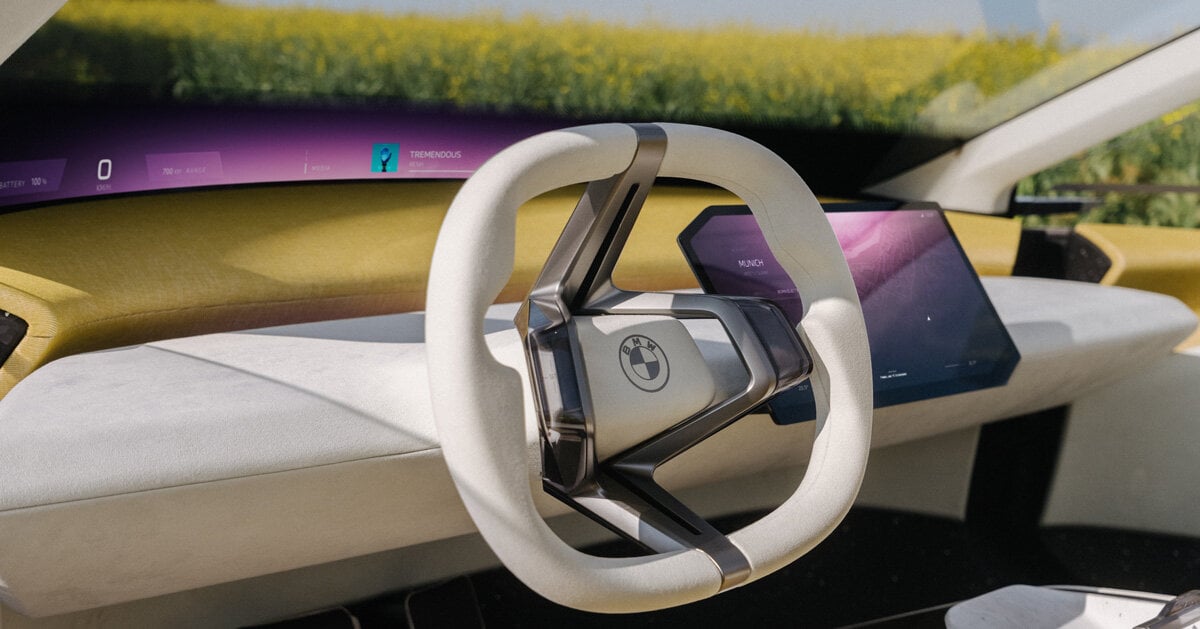



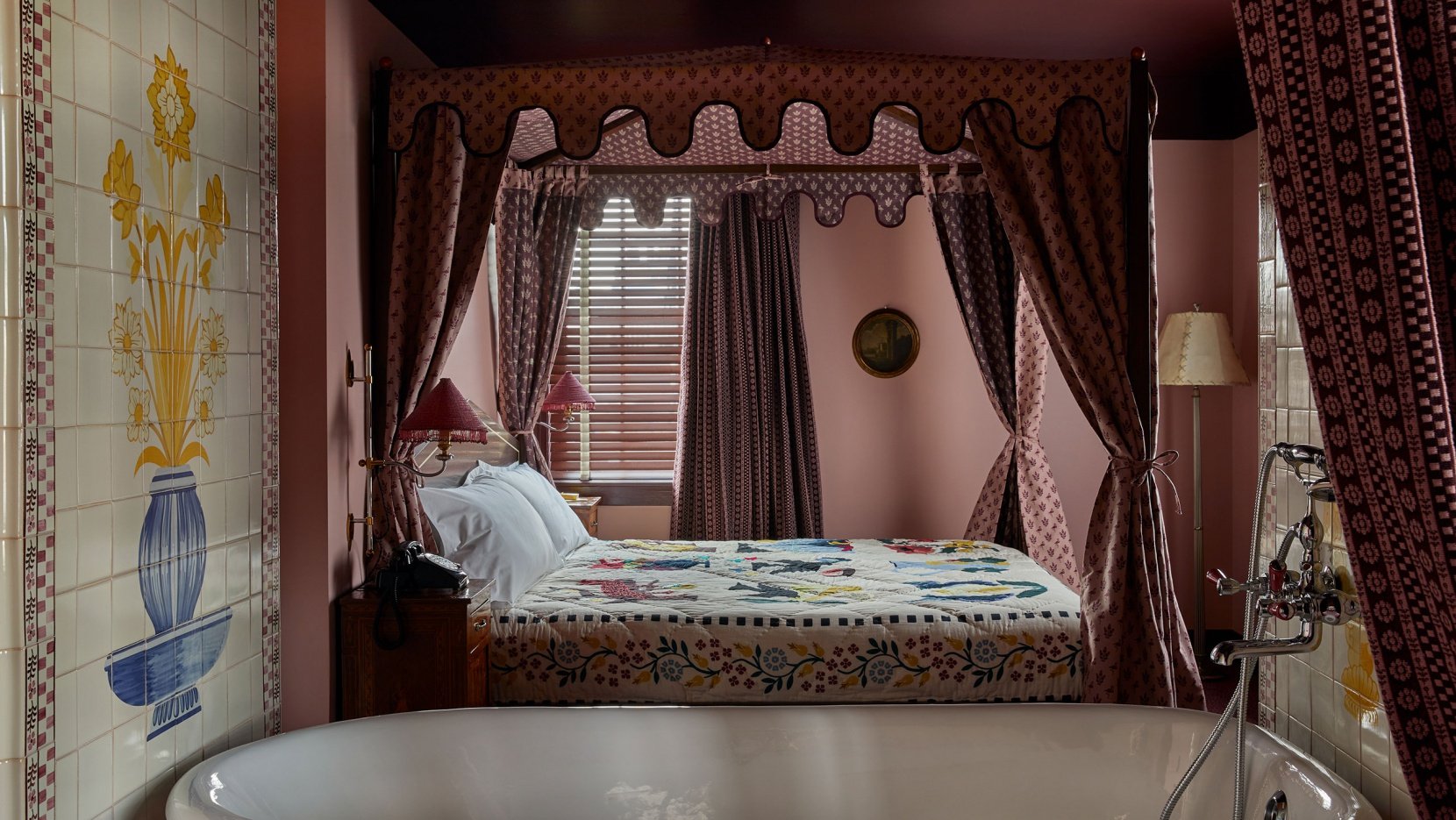
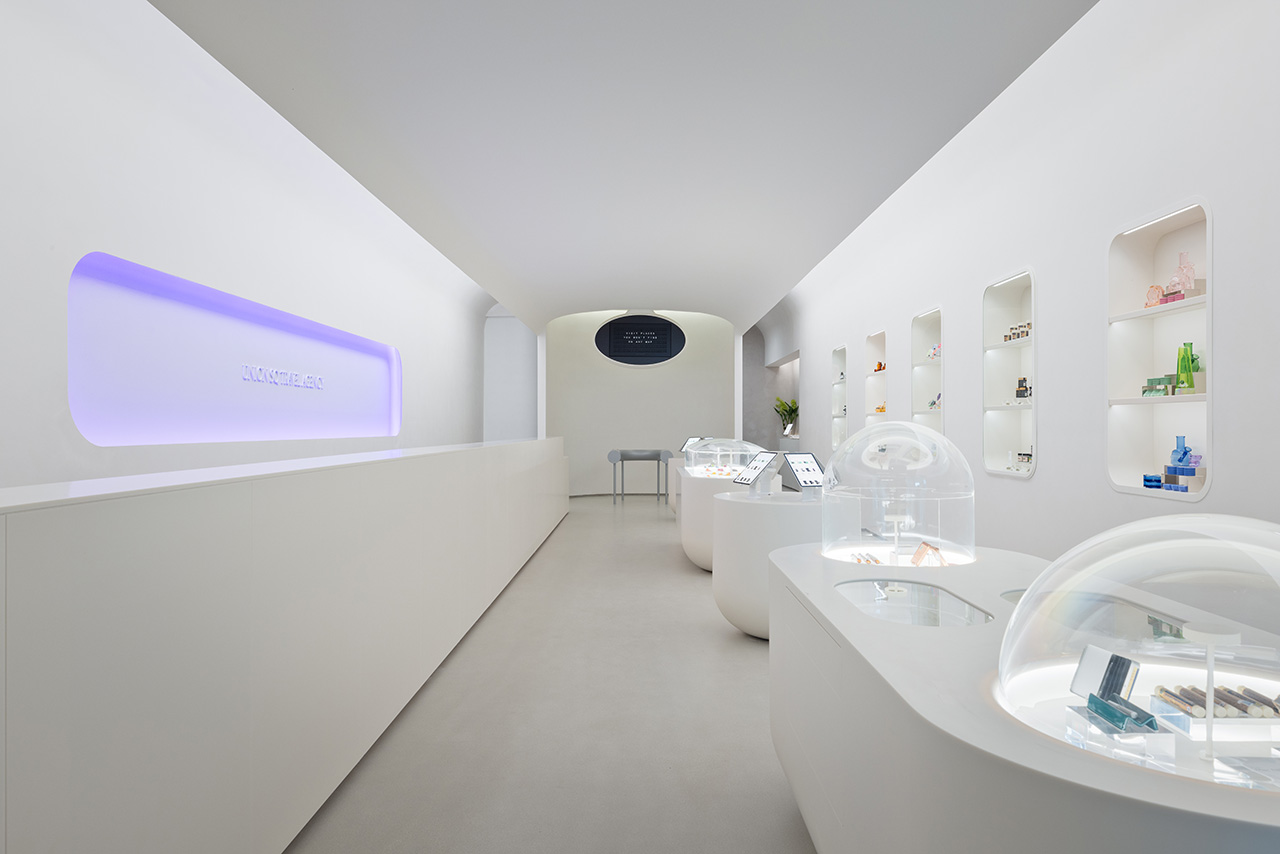

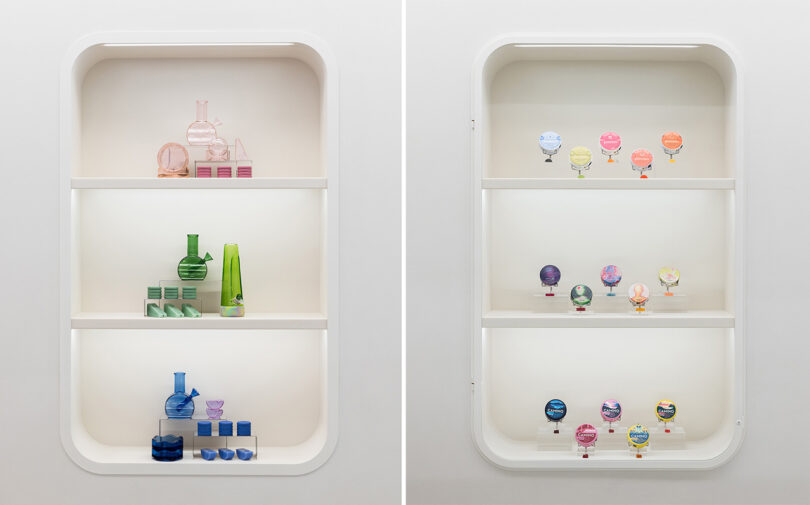


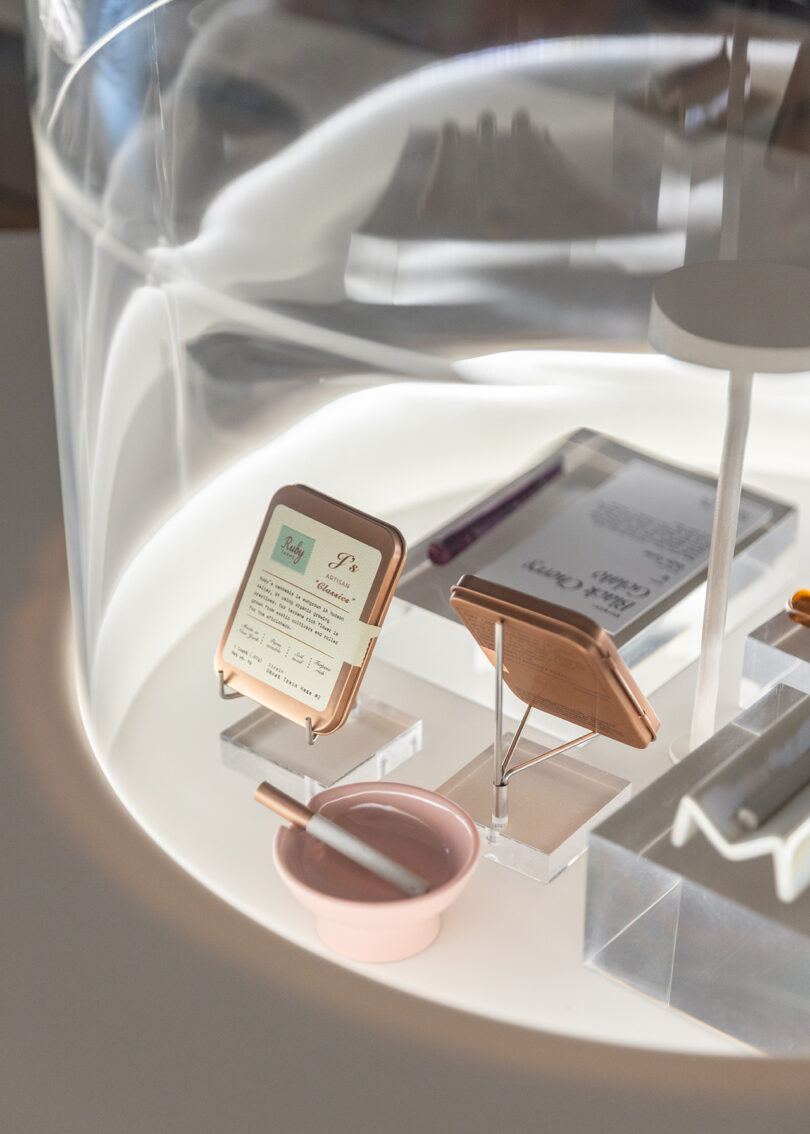
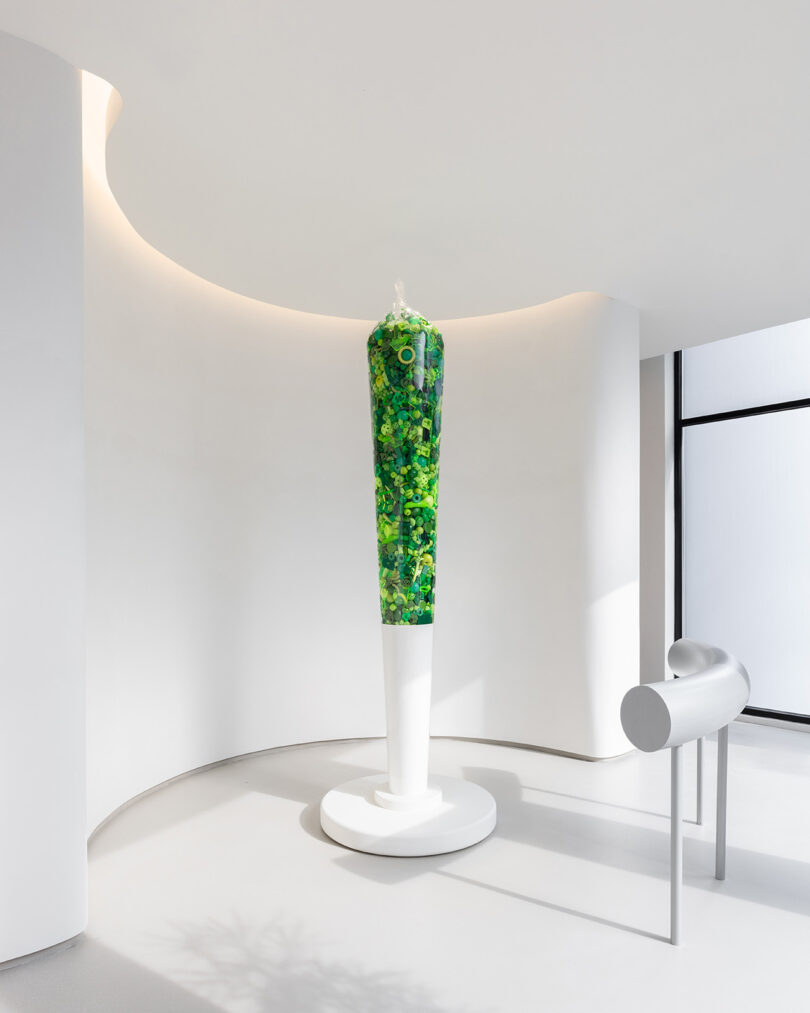
![Signage explaining USQTA's partnership with the nonprofit, The Doe Fund: "More than half of all proceeds will be redirected to The Doe Fund. For over 30 years, The Doe Fund has led the charge against homelessness and recidivism by providing paid employment, transitional and permanent housing, and support services to people who have experienced homelessness and incarceration, helping more than 30,000 individuals transform their lives." [logo at bottom with "Ready, Willing & Able" with The Doe Fund]](https://design-milk.com/images/2023/08/DM-082923-UnionSquareTravelAgency-5-810x1013.jpg)
